Problem
|
Effects/Symptoms
|
Treatment
Options
|
Ideal
levels
|
|
Iron
(Fe) & Manganese (Mn)
The staining minerals
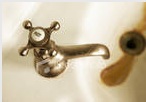
|
Leaves
rust stains on fixtures and laundry, can turn water orange, metallic
taste, no known health concerns Combined with iron, manganese makes
brown stains, without iron-black stains.
Some experience a dry
sensation while drinking manganese-rich water. Some health studies have
suggested health concerns with elevated levels (>1 mg/L).
|
Oxidation/Filtration,
Ion Exchange (softening), Sequestration
|
Fe less than 0.3
mg/L
Mn less than 0.05 mg/L
|
|
Hardness
(Ca, Mg) - scale & soap scum
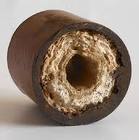
|
Calcium
and Magnesium in water defeat cleaning abilities of soaps and
contribute to scale in plumbing and heating systems. Iron and manganese
contribute to hardness in a lesser amount.
|
Ion
Exchange, membrane approaches exist
|
less
than 75 mg/L (approx 4 grains per gallon), though even small amounts of
hardness are noticable when compared to bathing in softened water
|
|
Sodium
Chloride - common salt NaCl
also Calcium Chloride - corroded iron
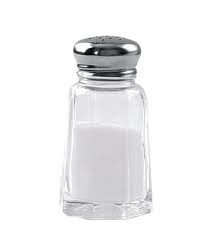
|
Salty
taste in water, can aggravate sodium-sensitive individuals. In
addition, salt-contaminated water cab be very corrosive-especially to
steel and cast iron. Can be naturally occuring, seawater intrusion,
road salt pollution and from other sources.
|
Reverse
osmosis, distillation
|
EPA
has a 250 mg/L limit, however we have observed corrosion effects at
just over 100 mg/L
Chlorides should be less than
250 mg/L, Calcium problems are determined by hardness levels
|
|
Corrosion
of copper due to low pH - also a concern for lead poisoning

|
Typically
bluish-green stains are left on fixtures, thin pipes, upset stomach.
Please note that elevated lead levels are often associated with copper
corrosion.
|
Calcite
contactor, injection of ph correcting chemicals, reverse osmosis or
distillation for drinking water, lead-specific cartridge filtration
|
Copper
should be less than 1 mg/L,
pH should be between 6.5 and
8.5 units
|
|
Bacteria
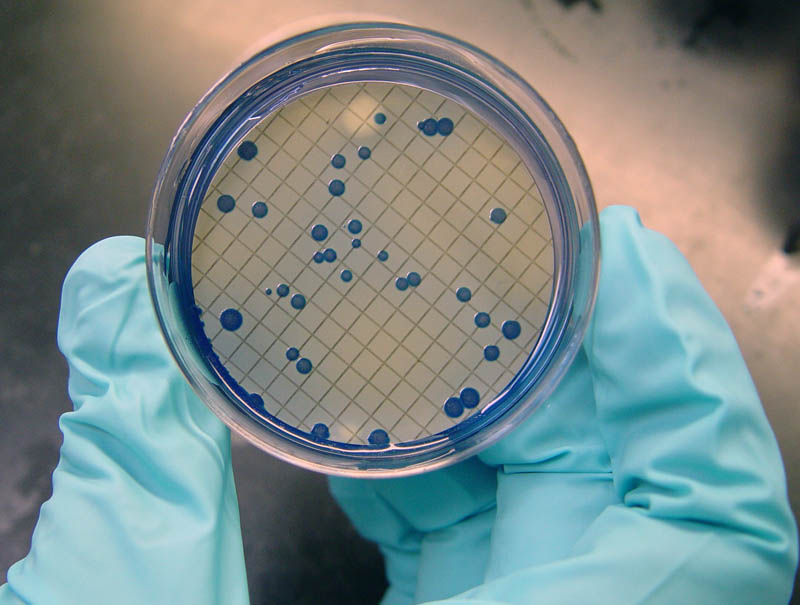
|
Illness-especially
stomach.
Often discovered during routine water testing.
|
Chlorination
(one-time or permanent), Ultraviolet Disinfection, consideration of
well construction, distillation
|
No
harmful bacteria. Should be tested regularly. Learn more courtesy of State of NH Dept of
Environmental Services
|
|
Radon
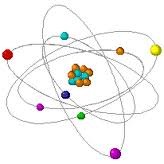
|
Long
term exposure can lead to lung cancer. It's hazard is thought to be
associated with inhalation of radon gas and its byproducts; water
serves as a vehicle to get radon to the human body and dwellings.
|
Aeration,
carbon
|
A
highly debated topic. Varies dramatically from state to state. We
anticipate that the EPA will eventually adopt and enforce a fair limit.
|
|
Solvent
and fuel pollution

|
Cancer
and other illnesses
|
Aeration,
carbon, or ideally source replacement
|
Too
complex to list here, go to our extended
list
of
contaminants
|
|
Nitrates,
nitrites
|
Can
cause death or illness in infants. Soils which are rich often contain
high nitrates from both natural and synthetic fertilizers. This can
also be an indicator of sewage waste. In some parts of the United
States, levels have been elevated by agricultural practices.
|
Reverse
osmosis, ion exchange, distillation, well repair or replacement
|
Under 10 ppm for adults. Please refer to the
EPA
SITE
|
|
Silt
& sediment
|
Sand
and other mineral debris can clog plumbing fixtures, washing machines,
etc. Excessive sand and silt can ruin well pumps.
Some sediment is actually
precipitated scale from hard water and will come out of the hot water
heater. Lime scale feels like chalk or seashells.
|
Cartridge
filtration, strainers, inspection of well construction, softening
|
Ideally,
none.
|
|
Odors/flavors
in
well water
|
The
sources of odors and flavor in water can be complex. Hydrogen sulfide
has a rotten-egg scent. Other odors may indication pollution or high
organic contents in your water. If in doubt, do not drink water with a
strange odor or taste-test it.
|
Too
many to list-contaminant specific
|
None.
|
